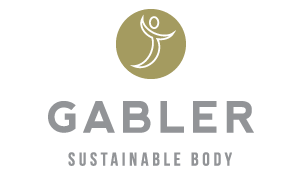What are the deep front and back lines?
While the fascia comprises a single web or net, Thomas Myers, a Rolfing practitioner/teacher and a pioneer in the research on fascia, introduced a new map for the fascial web.
Myers calls this map Anatomy Trains Myofascial Meridans for Manual and Movement Therapists which maps the lines and planes of the fascial web that connect points in the body or encompass an area of muscle or a volume of the musculoskeletal system. Of all the myofascial meridians Myers identified, Sustainable Body focuses on the Deep Front Line mapped by Myers and the Deep Back Line mapped by Yaron Gal, Faculty member in Myers’ school, as the most important contribution to the body’s stability, balance, and alignment.
The Deep Myofascial Guidewires of the fascial web play a major role in the body’s structural support, by:
Lifting the inner arches
Stabilizing each segment of the legs
Supporting the lumbar spine from the front and the back
Stabilizing the chest, while allowing expansion and relaxation of breathing
Balancing the neck and head on top of the spine
Restoration of the Deep Front and Back Lines requires a combination of hands-on treatment, movement sequences, and guided anatomical imagery so that you develop the body awareness needed to live pain free. As you learn how to activate the deep myofascial core of the body (the Inner Core), you are able to re-align your body as a daily practice. Because the Inner Core functionally connects your breathing, rhythm of walking, and nervous system balance, its restoration can greatly improve your posture, movement, and attitude.
For more on myfascial meridians
Visit Thomas Myers website, who evolved the concept of the Deep Front Line which informs the Sustainable Body program.

